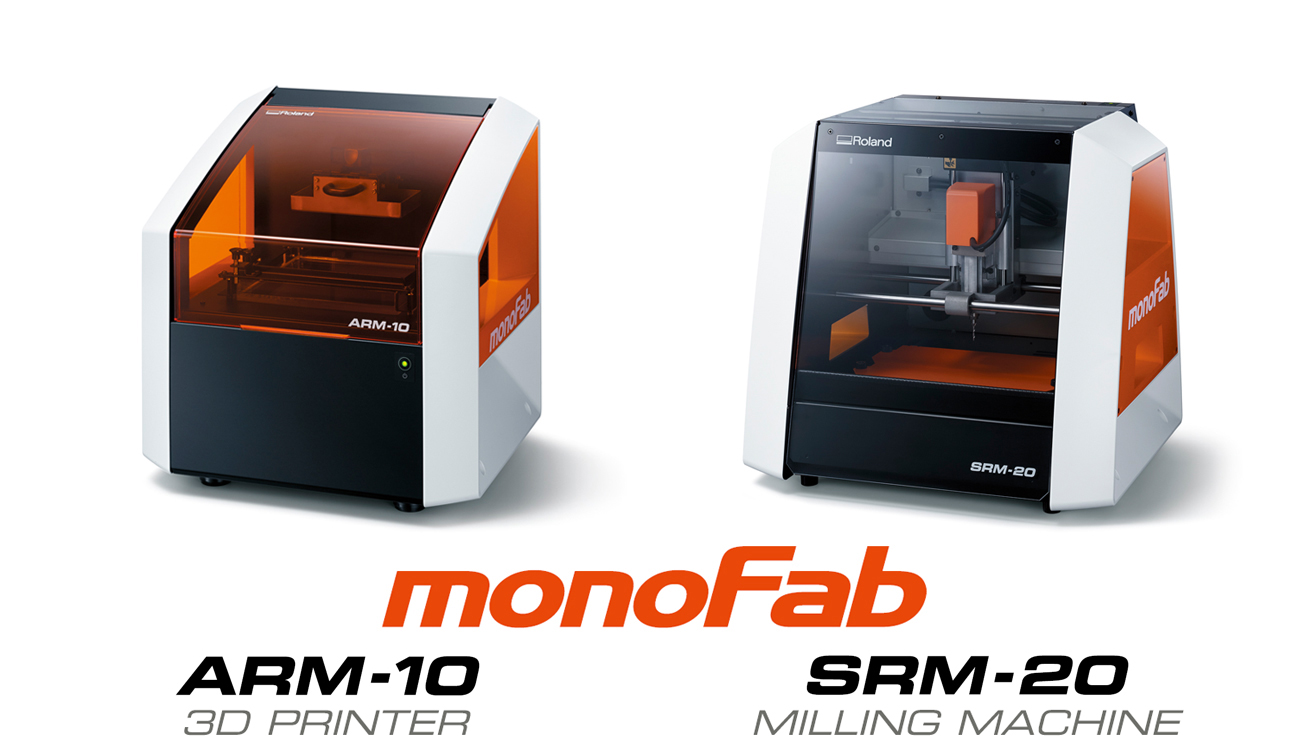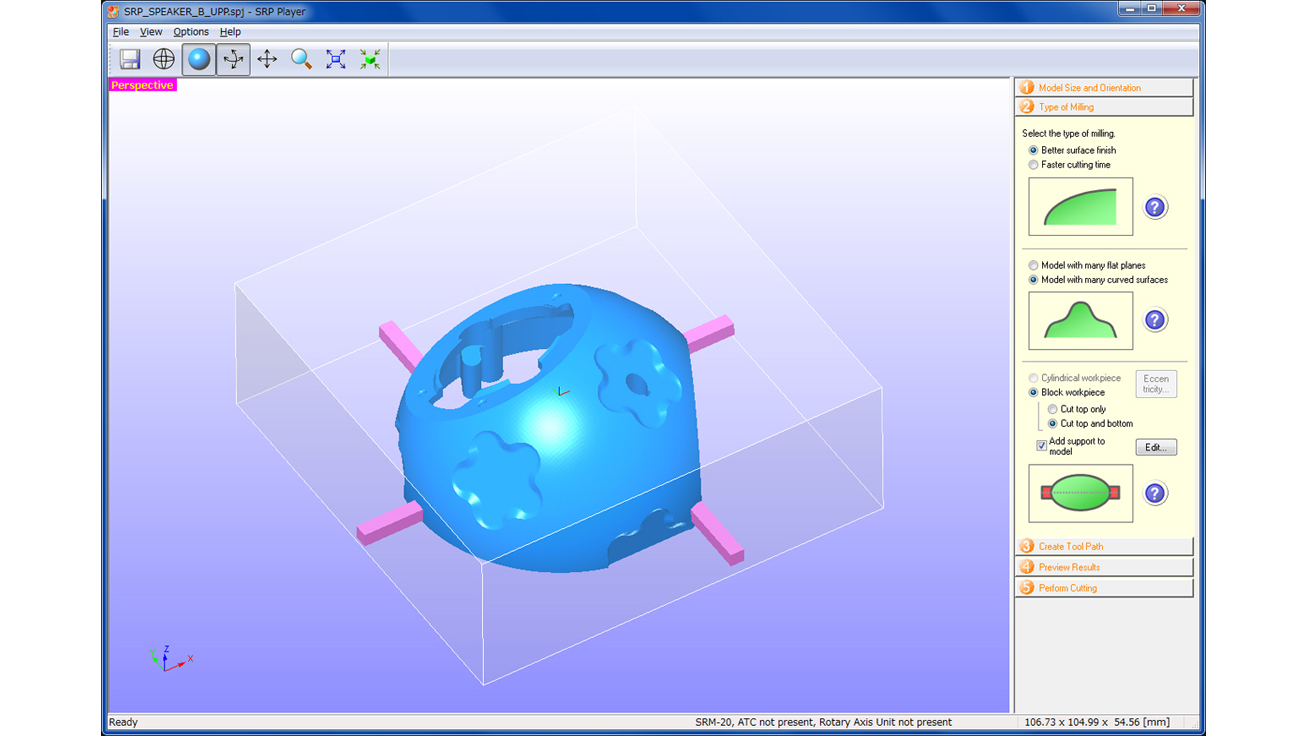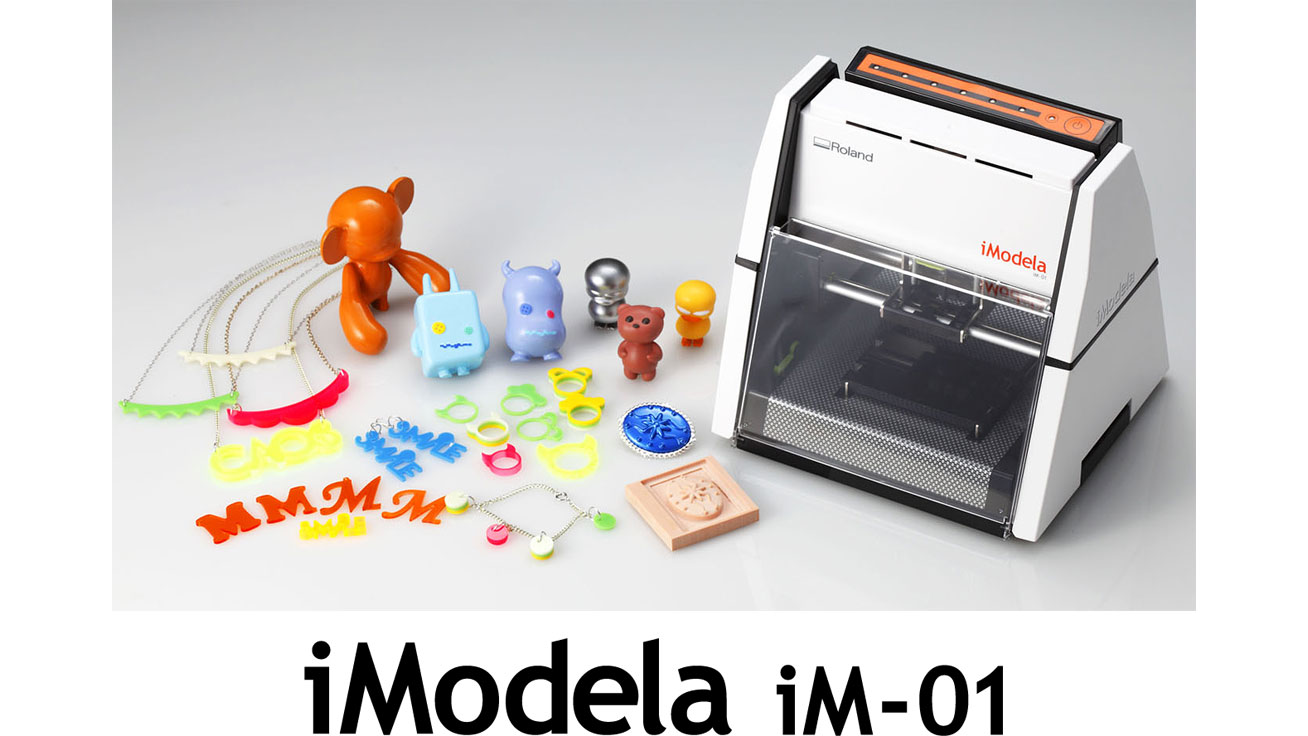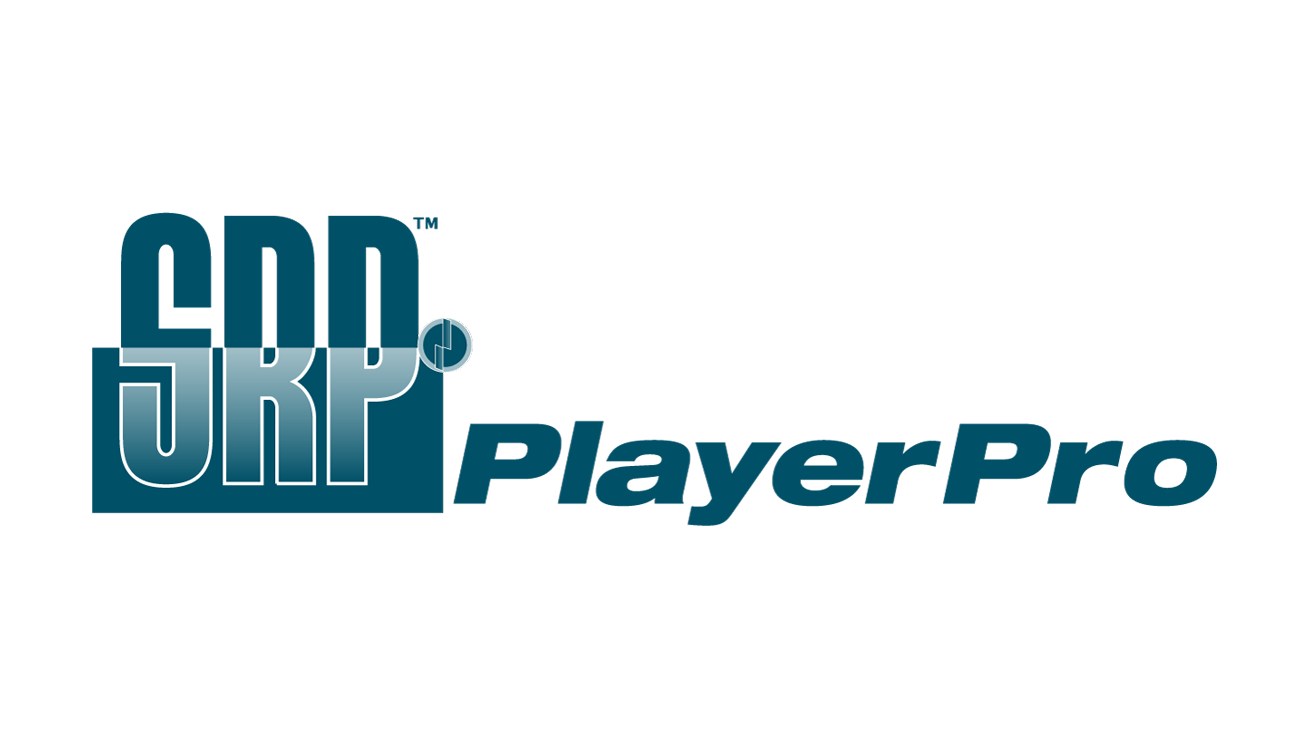Product News
09/03/2014
Roland DG Corporation
Roland DG Unveils Its First 3D Printer and a New Milling Machine
The future of digital fabrication, now on your desktop

Hamamatsu, Japan, September 3, 2014 – Roland DG Corporation, the world's leading manufacturer of wide-format inkjet printers and 3D devices, announced today the release of the monoFab series, including the company's first 3D additive rapid prototyping machine, the ARM-10, and a new 3D subtractive prototyping and manufacturing machine, the SRM-20.
"The monoFab series desktop fabrication solutions are the culmination of over 25 years of experience in 3D milling and the company's first foray into 3D printing," said Akio Kawai, Roland DG general manager of 3D market development. "By combining the merits of each device, users can select the best method for their workflow every step of the way, from inspiration to production. With no limits to production methods, ideas can expand to their fullest potential and new possibilities in innovation can be realized. We hope the monoFab series tools will inspire those who wish to create the future and explore all their creative abilities."
The ARM-10 3D printer is most suitable for quickly checking a design in the initial stage of prototyping or modeling a complex shape. Incorporating a stereo-lithography process with a UV-LED projection system, the ARM-10 builds models by sequentially curing layers of resin from a liquid resin vat. Simultaneous production of multiple objects can be accomplished within the same work area to reduce modeling time in comparison with methods where lasers expose specific areas. Roland's imageCure resin becomes semi-transparent when cured and post-processing procedures such as support* removal and polishing are simple to do. By adopting a suspended build system, resin consumption is minimized.
Taking advantage of more than 25 years of Roland DG experience in manufacturing 3D devices, the evolutionary SRM-20 desktop milling machine incorporates several innovative subtractive rapid prototyping (SRP) features to meet the needs of a new era. The SRM-20's strengths lie in providing outstanding accuracy and smooth finished surfaces. With its new milling spindle, collet, circuit board and firmware, the SRM-20 delivers maximum speed and precision while retaining a compact desktop size. The SRM-20 can mill a variety of non-proprietary materials typically used for prototyping, including acrylic, ABS, wood and modeling wax, making it possible to check the feel and weight of materials that are similar or the same as final deliverables. An interlocked full cover prevents dust from escaping during milling for a safe and clean environment.
*These temporary parts provide support in order to prevent deformities or drops occurring during layering and are removed upon completion.
The History of Roland DG 3D Business
Since developing the first desktop 3D milling machine in 1986, Roland DG's mission has been to provide digital fabrication tools that transform imagination into reality. Designed to make it easy for anyone to enjoy, the company's 3D devices are compact enough to fit on the desktop next to a computer. These devices can be used by manufacturing businesses for design and prototyping applications, by schools for educating the next generation of designers and engineers, and even by individual hobbyists. In recent years, use of these machines has spread to the field of industrial arts for crafting jewelry and accessories, and to the health care field, where the utmost precision is required for dental prosthetics.
Development and Product Concept
3D printers have generated worldwide attention in the past few years. Originally considered a "secret weapon" in the manufacturing world, particularly in developed countries, governments and businesses are now increasing their investments in 3D printer research and development to revitalize manufacturing and add value to products. In addition, investments in education seek to harness the creative power of students and unleash new innovation. The development of the Internet for file and knowledge sharing, together with the introduction of personal 3D printers, the rise of online 3D printing services, and FabLabs serving as personalized workshops, continue to transform society. Individuals can easily access internet communities, where they can share information, knowledge and experiences globally and find a wealth of new, creative ideas. This is the world in which our company seeks to redefine its concept of "desktop fabrication," so that anyone can create and test out their wildest inspirations, quickly develop unique ideas, and realize products that match their imagination. This is the environment we wish to create as we deliver a set of subtractive and additive manufacturing machines as the next generation of digital fabrication tools.
What is "monoFab"?
The name monoFab comes from the Japanese concept "Monozukuri." "Mono" is generally recognized as physical objects and things, but historically includes the meaning of dreams, imagination and ideas, while "zukuri" is to produce, fabricate or create. We adopted the term "Fab" as we sought to provide a set of new creative tools based on our long-cultivated desktop fabrication concept. As a whole, "monoFab" represents taking what you have in your mind and giving it physical form, which is the same as our company's vision of "transforming your imagination into reality."





